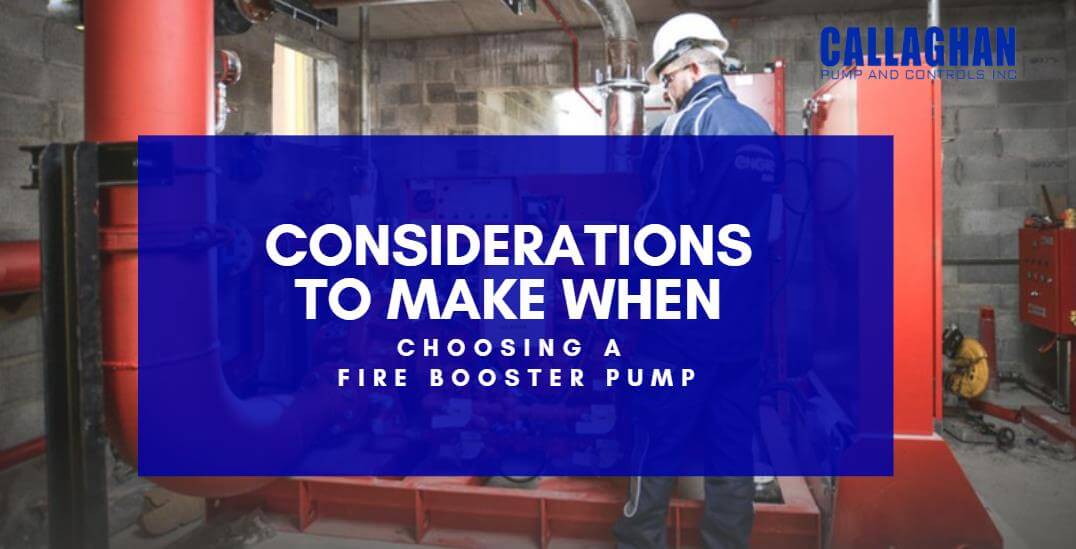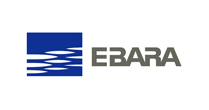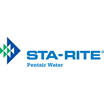
December 28th, 2021
When it comes to installing a fire sprinkler system and ensuring life-safety in your building, you need to look at NYC Fire Pumps. In an event of a fire, these pumps come into action and increase the available water pressure for the fire sprinkler system, helping the system to suppress the fire so that the growth of the fire will be controlled until the fire department extinguishes it.
If you look at municipal fire pump applications, you will notice that water booster pumps are installed to take water from a public/private water source. These pumps boost the existing water pressure for the fire protection system. However, it is important to keep in mind that the need for a fire pump must be decided early, ideally before a project is being developed.
Also, while choosing a water booster pump, you need to consider certain critical issues that are specific to your water boosting needs. These issues generally include:
In high-rise buildings where the water source has inadequate water pressure, fire protection relies on a fire pump to increase the performance of the system. That’s why careful considerations should be employed when choosing a fire pump. These considerations mainly include:
There are various types of pumps, including the most common ones – horizontal split case and vertical in-line. They are the preferred choice among commercial and industrial buildings. When it comes to vertical in-line pumps, they are generally compact and have a smaller footprint. Also, the impeller rotation is less susceptible to mechanical damage in vertical in-line, offering more flexibility in the piping arrangement of the pump. For that reason, vertical in-line fire pumps are often used for replacements or retro fits.
On the other hand, horizontal split case pumps are usually mounted on a concrete housekeeping pad. Their impeller is located in a separate casing, which gives you easy access whenever maintenance is required.
The most common fire pumps are powered by electric motors and diesel engines. Steam turbines are also an option but they are rarely used. If a building isn’t equipped with enough power supply, a diesel fire pump is the best choice. However, a fuel storage tank with a capacity of 1 gallon of fuel is required to operate the pump. Make sure you have a dike installed beneath this tank to collect potential fuel spills. In addition to that, a pressure-relief valve must be installed on the discharge side of the pump to relieve excess pressure. There must be enough enclosure space for the stored fuel, and the exhaust should be routed through a muffler to the outside. Also, the diesel fire pump should be located in a separate room.
In buildings with adequate electrical capacity, an electric fire pump is the most preferred choice. Since electric motors are compact and require fewer mechanical parts, you can install them in smaller spaces. Plus, this type of fire pump has fewer negative environmental impacts than diesel fire pumps.
Determining the location of a fire pump enclosure is another important consideration to make. Your fire pump enclosure should be somewhere on an exterior wall adjacent to the fire lane. This will help you with the overall accessibility and proximity to the pump. When the pump enclosure is located inside, it shall be accessible by a proper passageway. It is required that the fire pump room must have a minimum two-hour fire rating, especially when it’s located in a high-rise building. This rating is reduced to one-hour for a fully sprinkled, non-high-rise building.
In order to ensure a fire pump is supplied by a continually available power source, you can have a backup generator that will act as a secondary source in the event of a power failure. In such cases, there should be a fire pump controller equipped with an automatic transfer switch. Make sure the controller is not equipped with an ATS. Try to consult with an expert to discuss the pros and cons of the different controller styles.
The sizing of a fire pump depends on the most hydraulically demanding area of the sprinkler system. In most high-rise buildings, the automatic fire standpipe system demand is around 500 gallons per minute. In regular buildings, the number is kept low.
Once you know your water boosting needs, a review of the pump should be done. Test the water flow to identify if the fire pump is necessary. Make sure this test has been completed within the last 12 months.
For exceptionally high buildings, multiple fire pumps are required to deliver the ideal water pressure to higher floors. However, keep in mind that fire pumps don’t operate in parallel. This is because the discharge check valve will automatically close when the water pressure on the outlet of the valve is higher than that on the inlet.
We know that every second is crucial in fire protection, especially in high-risk buildings. They need the best fire pumping solutions that are not dependent on unreliable municipal water supply. Our aim is to provide comprehensive water-boosting solutions in New York. As a trusted supplier of Aurora NYC Fire Pumps, we supply high-quality products that are designed professionally, priced competitively, and have the lowest life cycle cost. We believe in providing maximum safety against a fire accident. From small units to large fire pump stations, we are able to help engineers with their unique specifications and needs. We sell more NYC Fire Pumps than other distributors in New York.
To discuss your fire pumping needs with us, feel free to drop a line here.
john@callaghanpump.com,
eileen@callaghanpump.com,
dan@callaghanpump.com,
sales@callaghanpump.com,
service@callaghanpump.com












